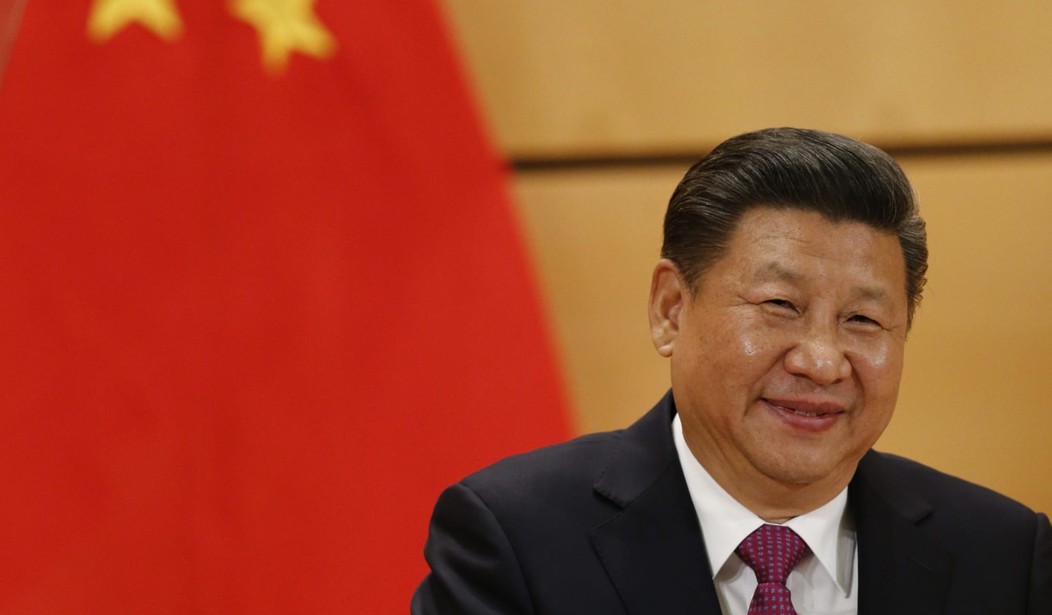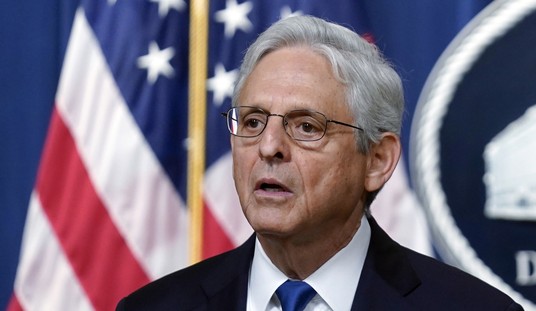President Trump acknowledged the One China policy in his telephone call with Chinese President Xi Jinping Thursday evening. Many of my conservative friends thought that a challenge to the One China policy would display America backbone. In this case Trump is exactly correct. America must stand up to China, but rejecting the One China policy is the wrong way to go about it.
“China is a territory and China is a people,” Xi Jinping told Barack Obama at the November 2014 APEC Summit in Beijing, as the conversation was related to me. “China’s population may rise 10% or fall 10%, but there always will be many Chinese. China’s territory is inviolable and that is why we never will give up the South China Sea.” Translation: If we are willing to risk war over the South China Sea, think of what we’re willing to do to keep Taiwan in China.
Chinese unity cracked during the “century of humiliation” (from the First Opium War in 1848 to the Communist Revolution of 1947), with horrific consequences. The Taiping Rebellion in the middle of the 19th century claimed between 25 and 100 million lives; the Sino-Japanese War of 1937-1945 killed 25 million Chinese, and China’s concurrent civil war killed another eight million. Somewhere between a tenth and a fifth of the Chinese perished. Chinese unity is always fragile, as I explained in a recent Asia Times essay: for thousands of years the Chinese Empire has imposed an imperial culture on disparate ethnic and linguistic groups. When it breaks down, it does so horrifically, and the Chinese government will do everything in its power to prevent this.
China’s massive military buildup of the past two decades has served the One China objective to the exclusion of almost everything else. China has surface-to-ship carrier-killer missiles, ultra-silent submarines, fast interceptors, satellite-killers, and other weaponry designed to dominate its coastal waters. But it spends only $1,500 to equip an ordinary foot soldier — one-hundredth of what America spends. It has no ground-attack aircraft like America’s A-10. China has spent massively to attain an edge in the South China Sea, and it is simply ill-informed to speak of denial of access.
Whether one likes China’s imperial system (no one does, least of all the Chinese), most Chinese consider it the sole alternative to the chaos that engulfed their country during the century before 1947. This is how China has done things for three thousand years and it is presumptuous to believe that China will adopt our ways instead. To question the One China policy is to conjure the ghosts of China’s devastating civil wars.
The big problem is that China has devoted massive resources and its best talent to technological catch-up with the United States. The United States, meanwhile, squandered trillions of dollars on nation-building in the Middle East under George W. Bush, and gutted defense spending under Barack Obama. China will fear us when we demonstrate our unquestionable superiority in defense technology.
Our engagement with China isn’t a professional wrestling match. It’s a game of chess, or better, Go, played over years. But there are some things we could do right away to reverse China’s usurpation of American high-tech manufacturing. As Henry Kressel and I wrote in the Wall Street Journal last November, America should require 100% domestic content for all sensitive defense goods (including everything with a chip or a screen). That will cost more, but it will force American manufacturers to bring back the whole supply chain for high-tech industries to the United States.
Wisely, President Trump has chosen to speak softly with the Chinese. Now we need to build the big stick.










Join the conversation as a VIP Member